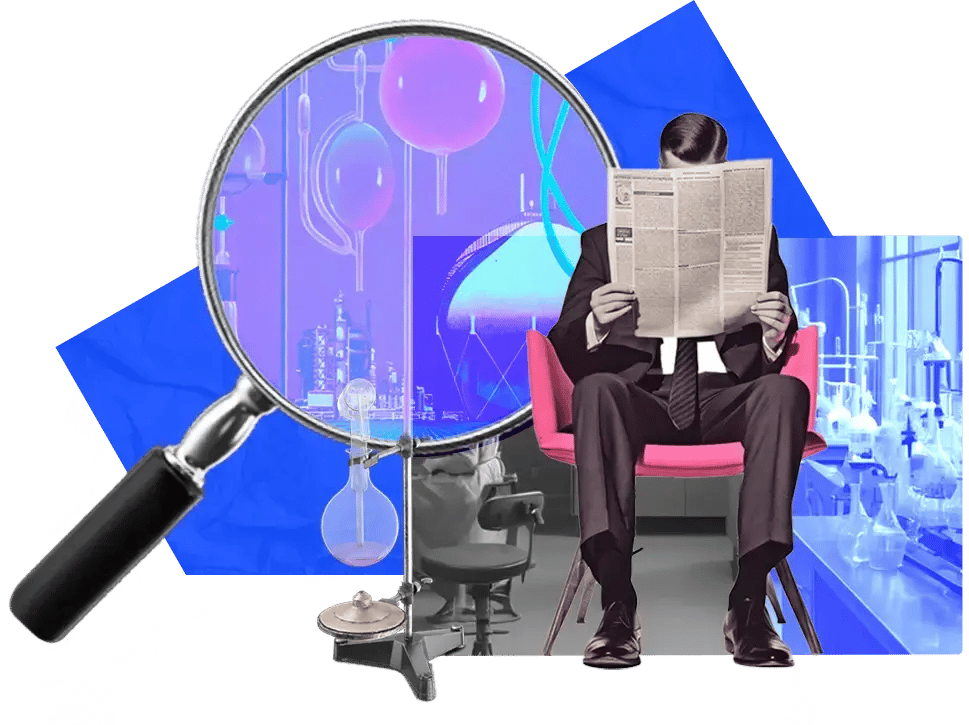 Innovation
Innovation
ITONICS INNOVATION BLOG
Let's talk innovation
Inspiring insights and best practices on innovation management, foresight, and strategy.

 Innovation
Innovation
 Innovation
Innovation
Why and How to Foster Supplier-Driven Innovation
08 Jan 26 | 8 mins read
 R&D and Tech
R&D and Tech
How to Monitor Emerging Technologies to Maintain Competitive Advantage
08 Jan 26 | 6 mins read
 Strategy
Strategy
Building a Partner Program that Drives Innovation and Revenue Growth
07 Jan 26 | 15 mins read
 Product Development
Product Development
Audit Your New Product Development Process With 20 Key Questions
07 Jan 26 | 18 mins read
 Product Development
Product Development
7 Product Discovery Techniques That Reduce Costly Rework by 50%
07 Jan 26 | 20 mins read
 Innovation
Innovation
Fast Idea Validation: 8 Quick Tests To Decide What’s Worth Funding
07 Jan 26 | 12 mins read
 Strategy
Strategy
6 Best Practices to Drive Effective Strategic Portfolio Management
06 Jan 26 | 4 mins read
 R&D and Tech
R&D and Tech
R&D Resource Management: 7 Strategies To Optimize Resource Allocation
05 Jan 26 | 12 mins read